Special Commission for 032c by DAVID OSTROWSKI
There are walls in our cities, in railway underpasses, on speedy thoroughfares lined with bad 1950s architecture, inside buildings with unlocked doors where the alcoholics who hang out at the corner store go to take a leak – there are walls as pretty as a painting by DAVID OSTROWSKI.
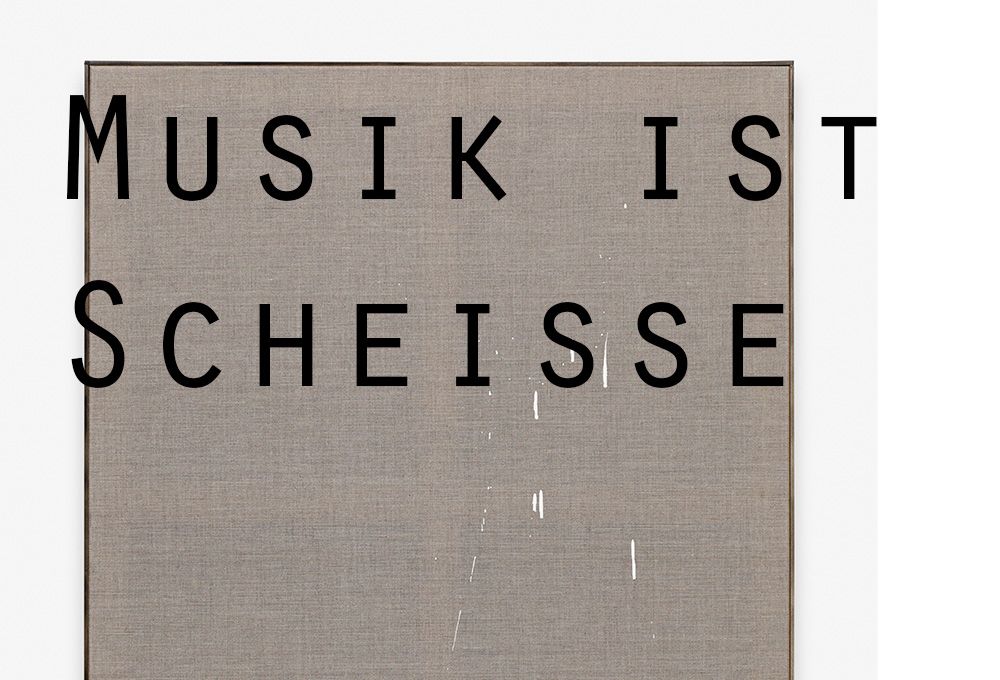
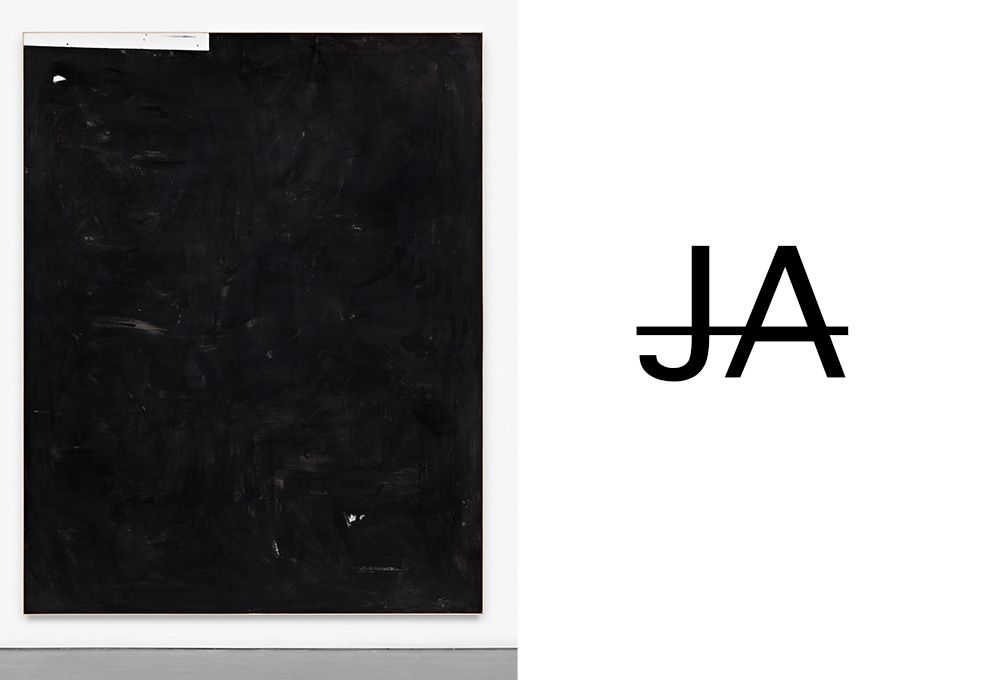
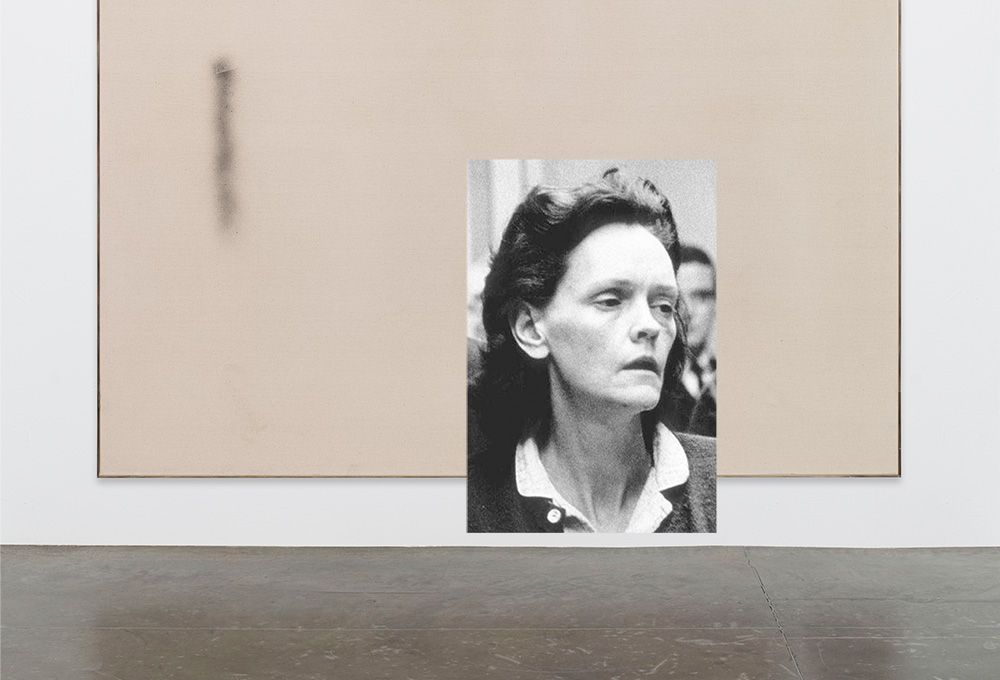
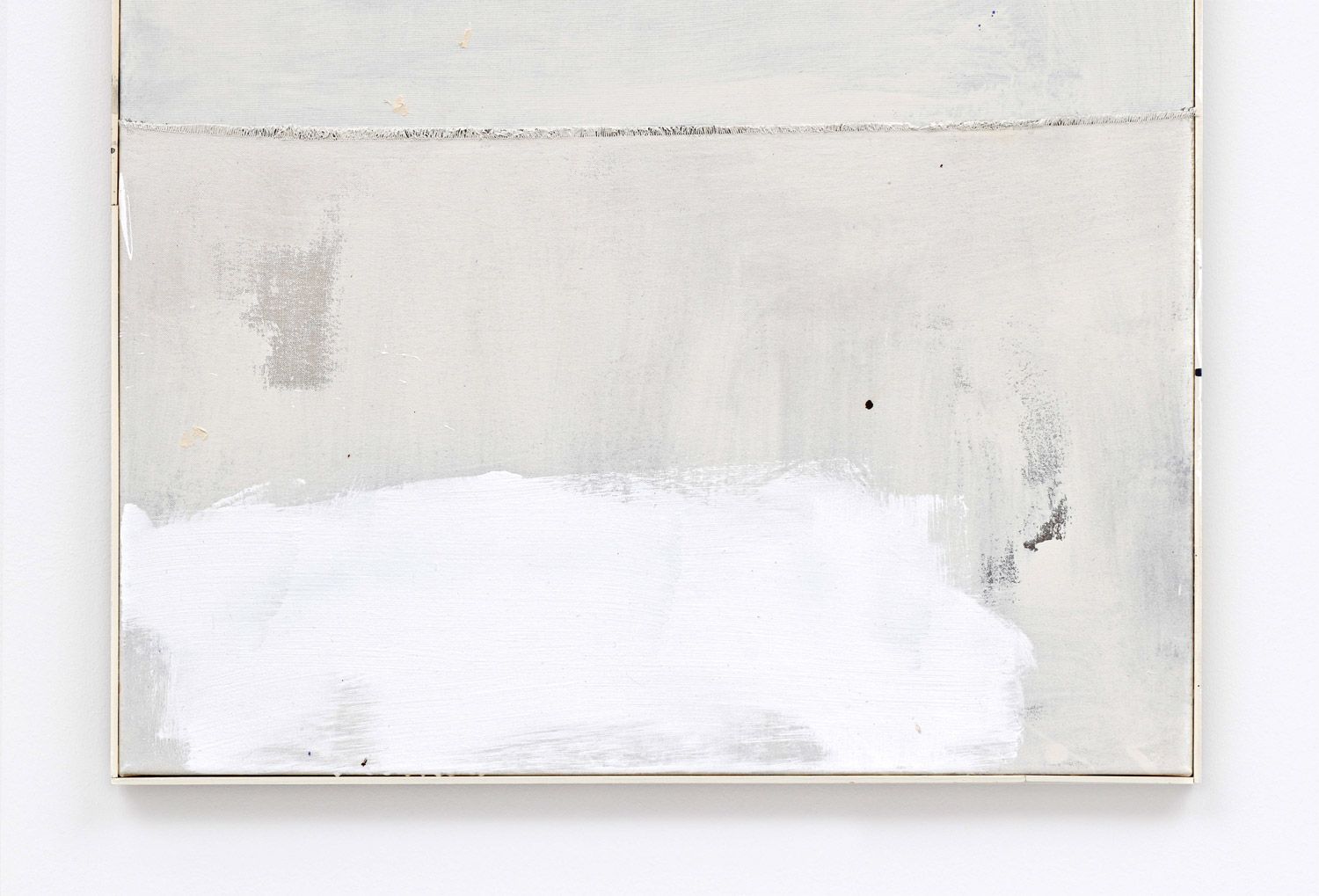
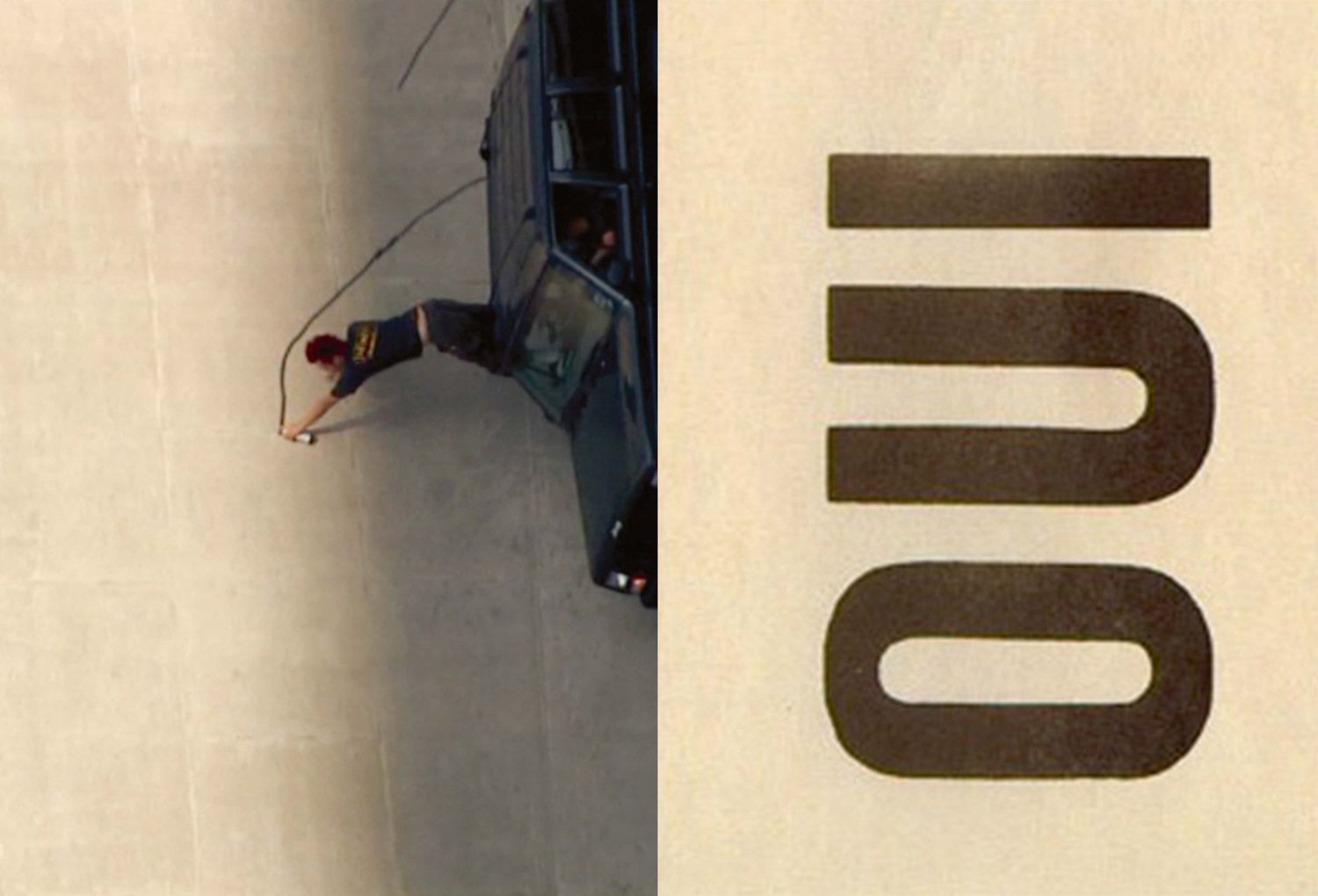
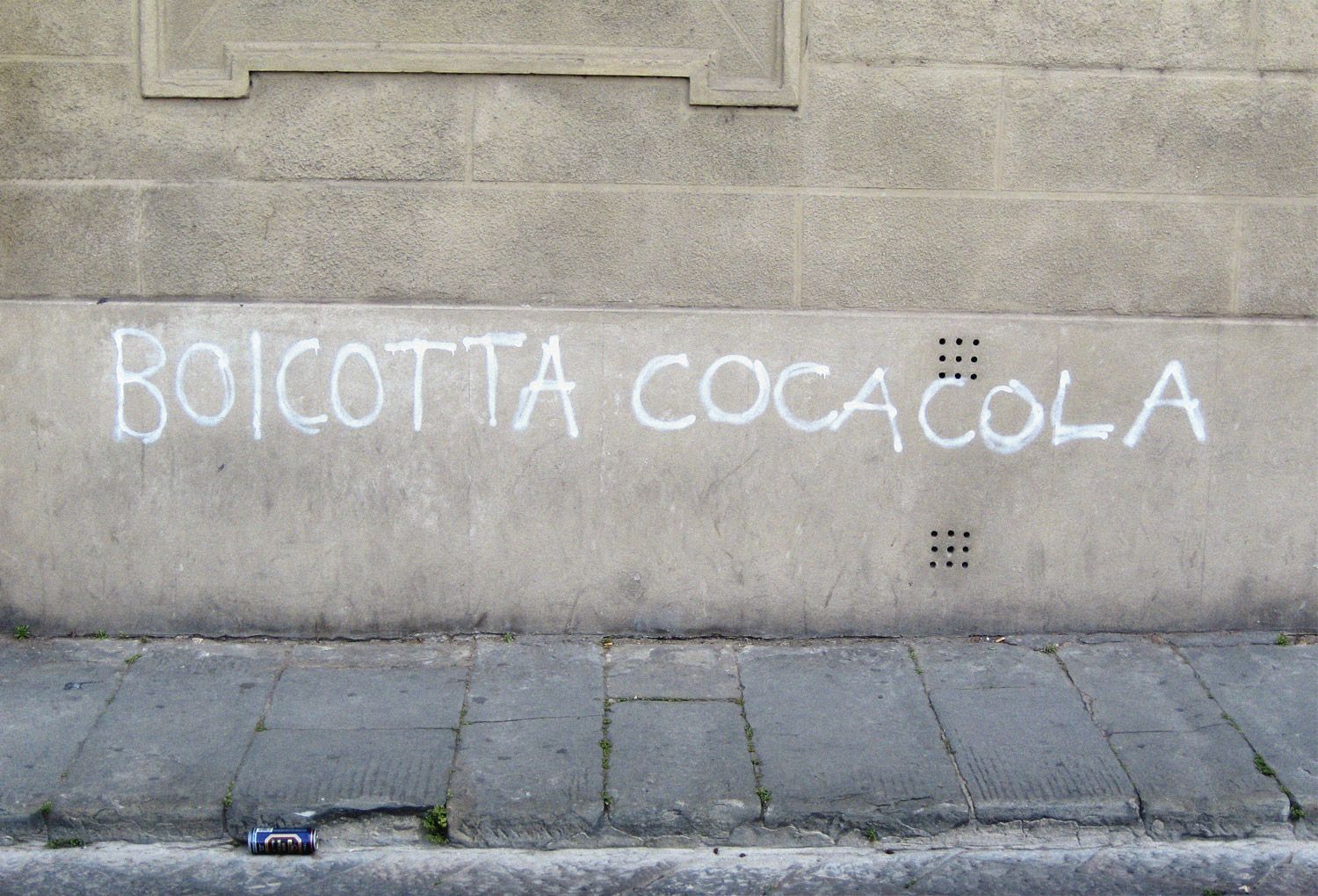
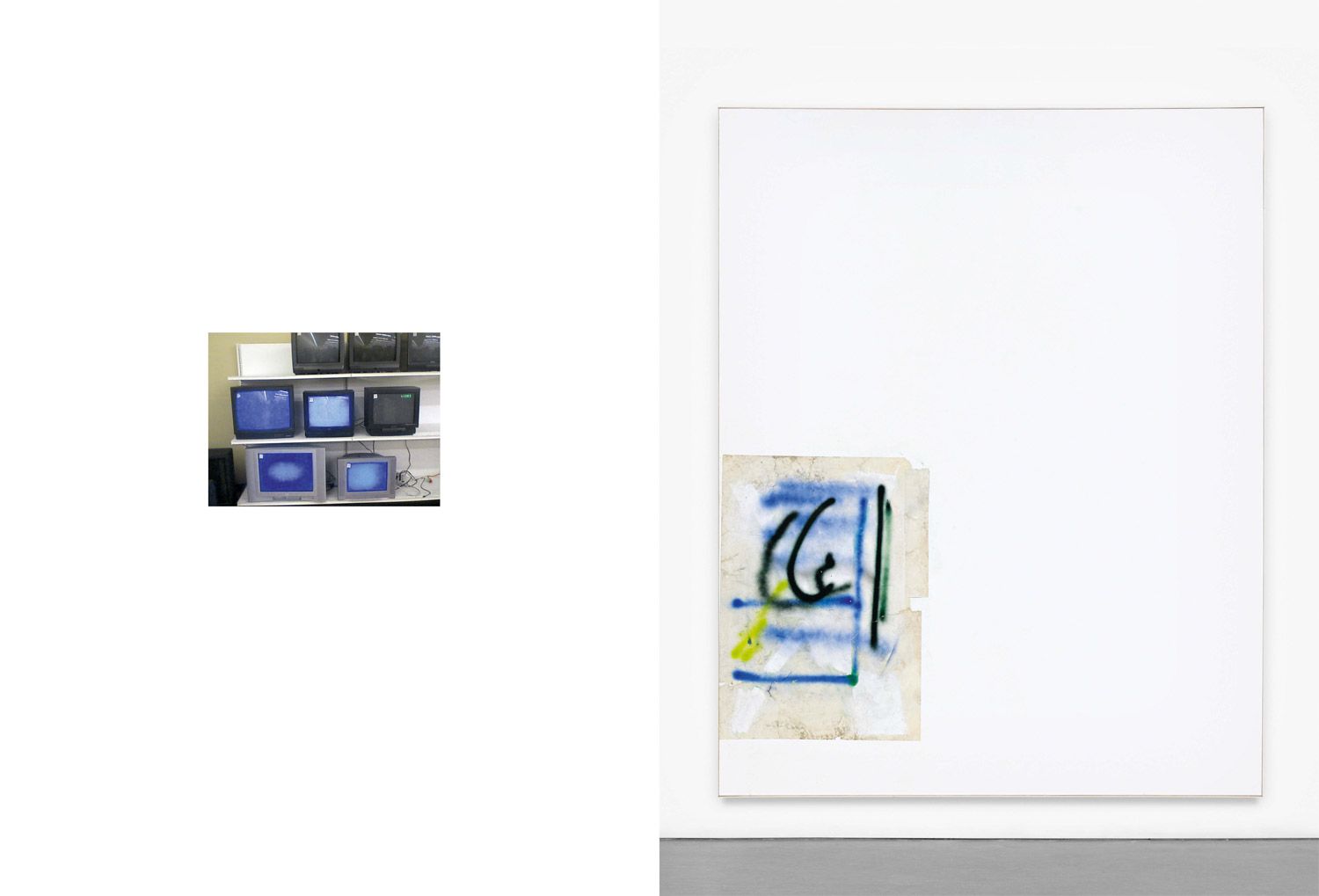
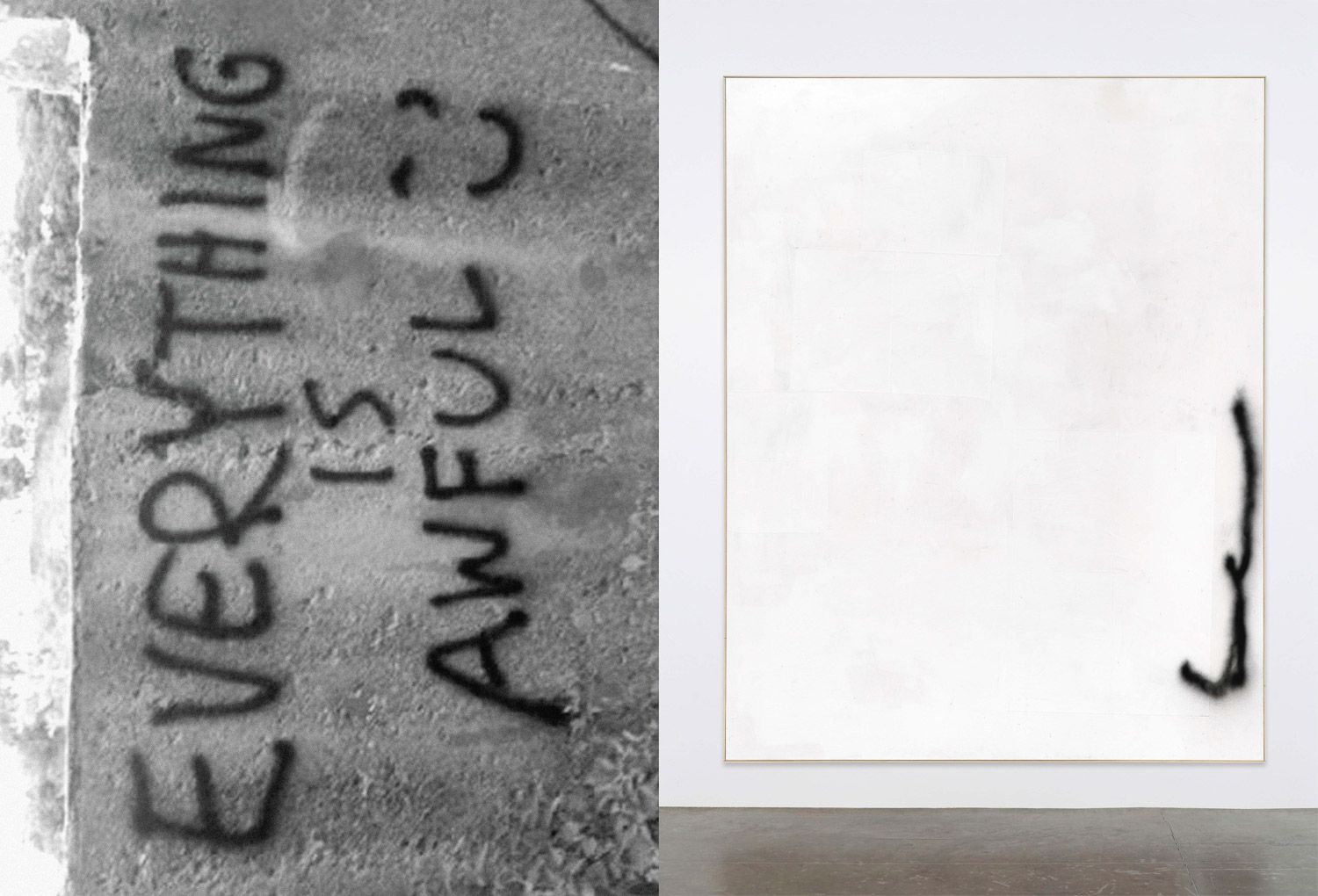
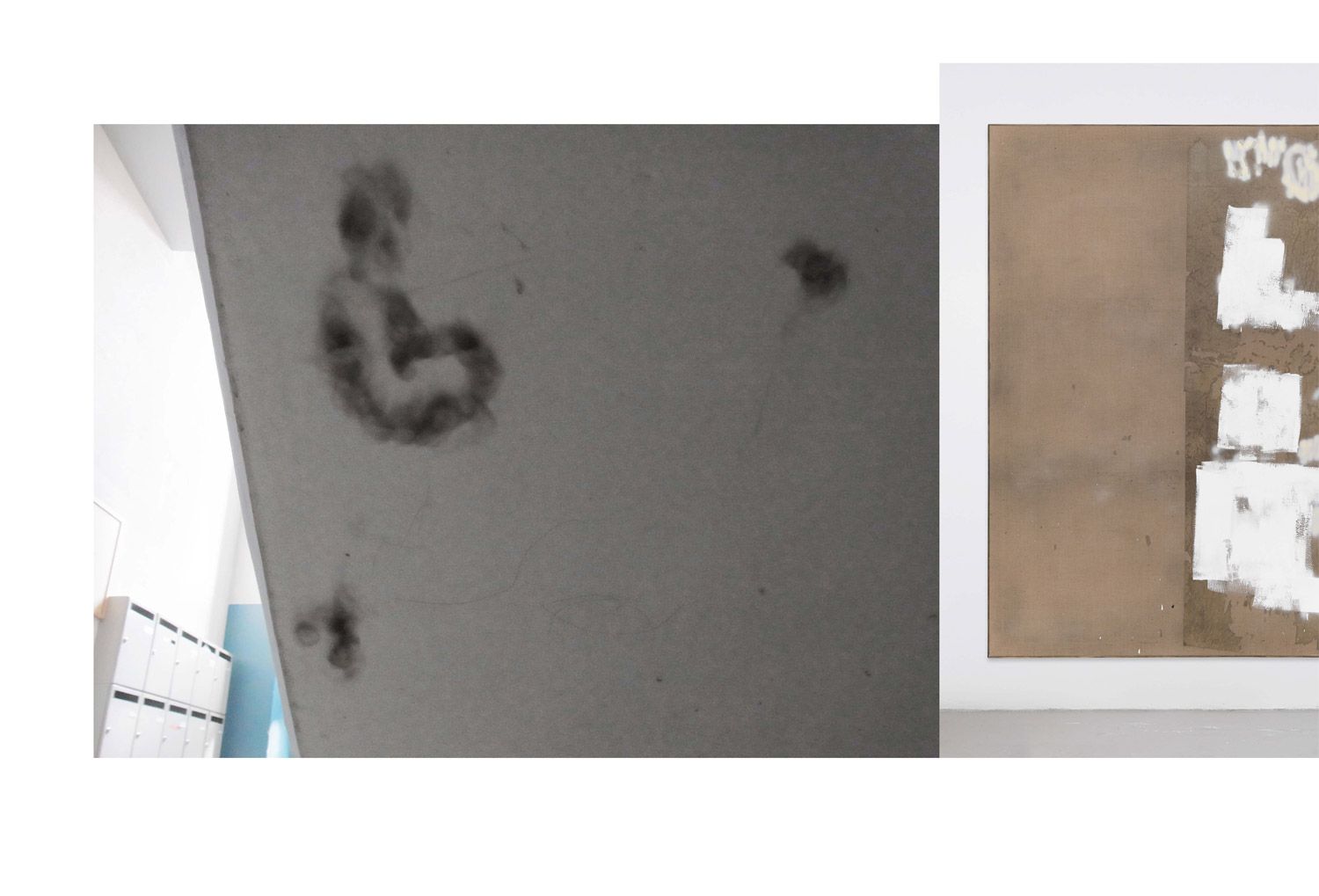
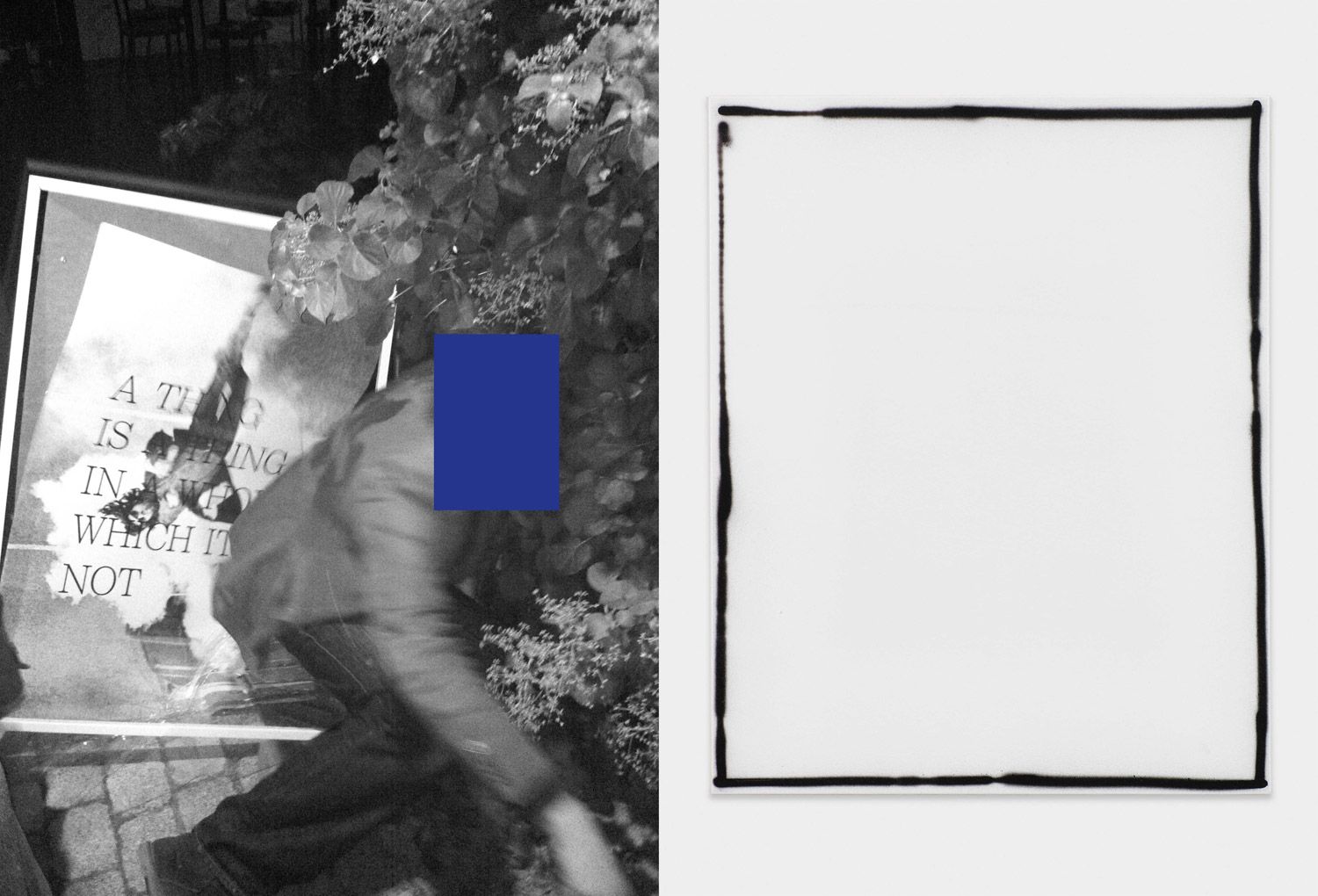
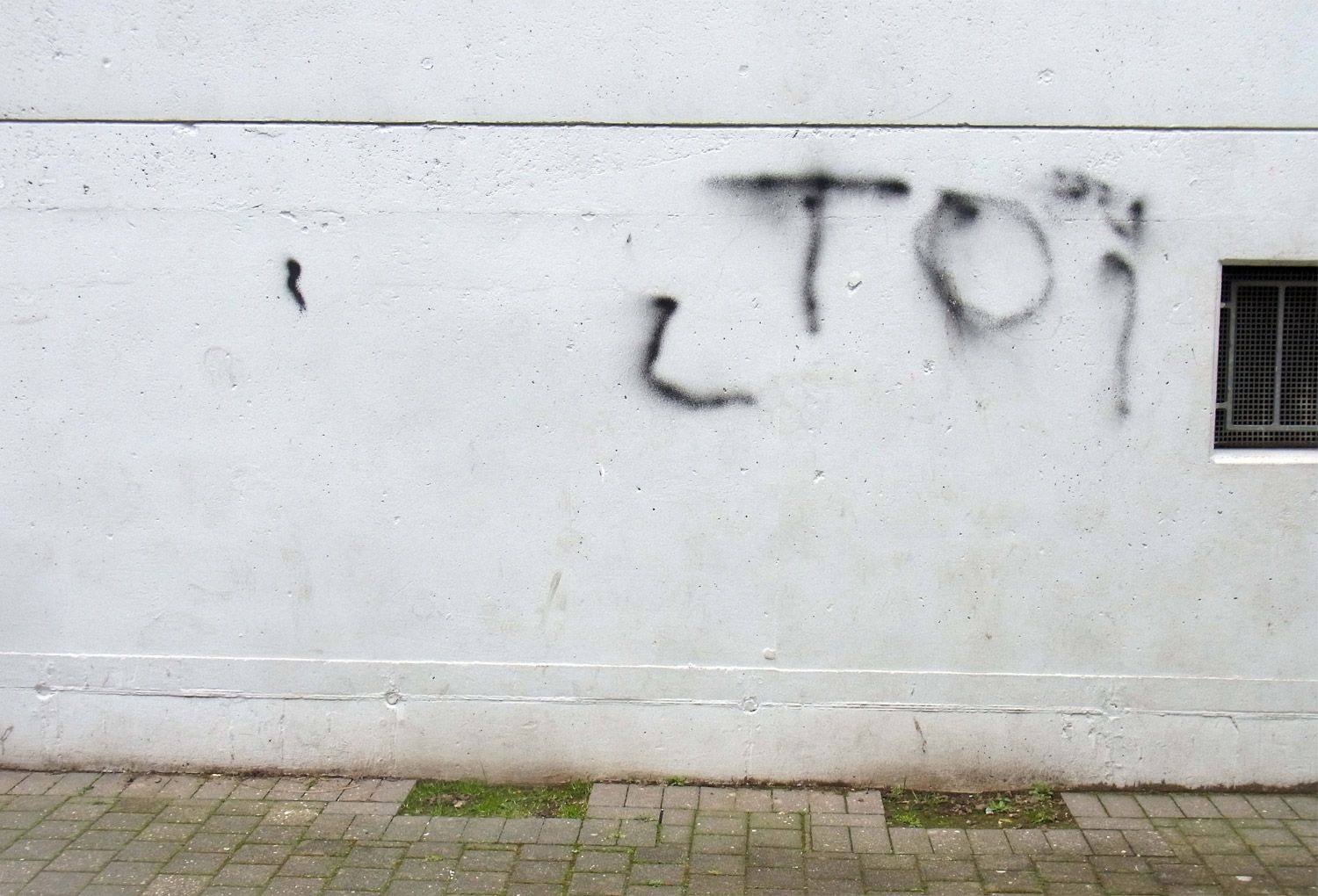
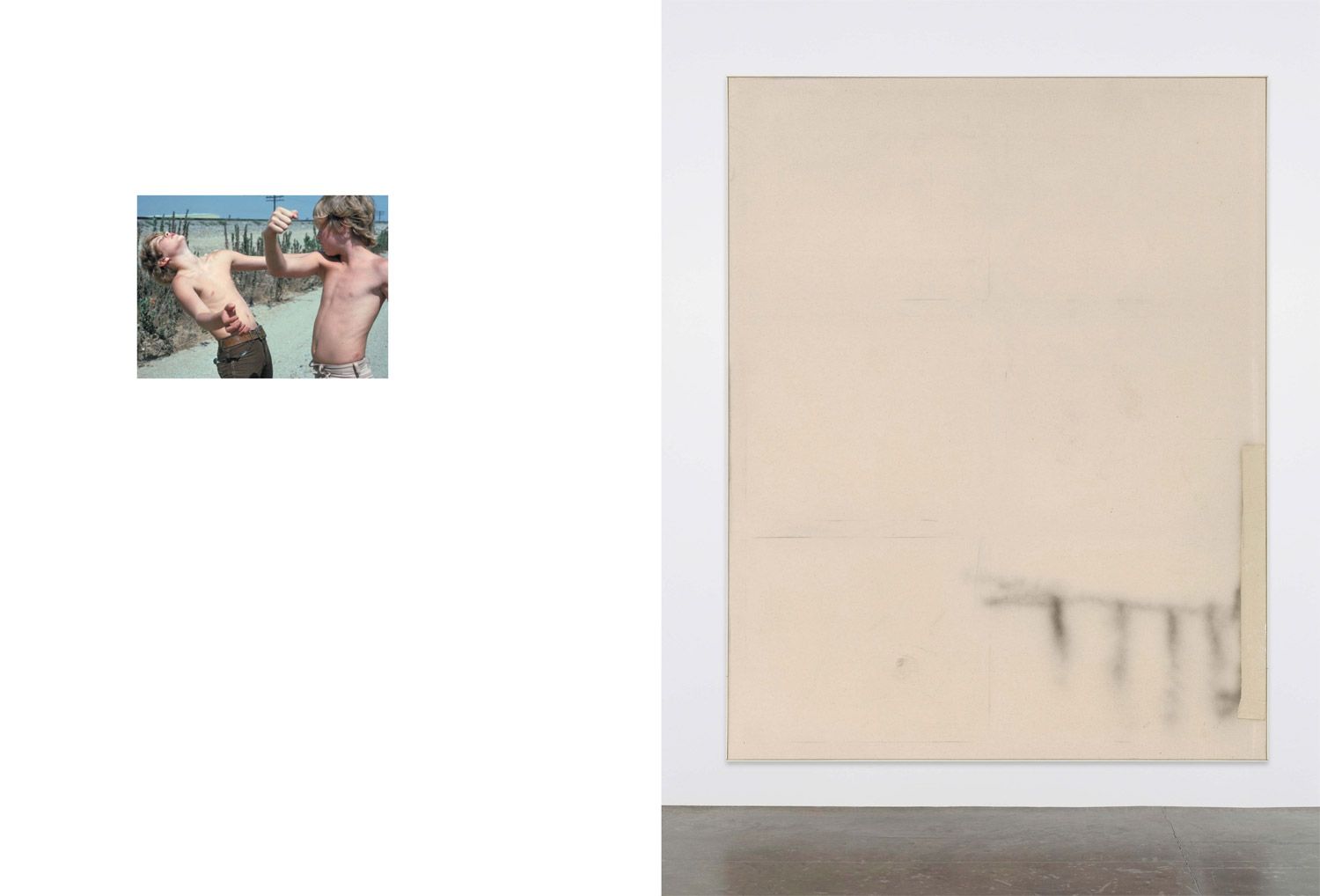
Who is the unknown man who – with black spray paint and a shaky hand – wrote “TOI” next to a cellar window and scrawled a check mark and then a line to the left of it? Was he disturbed and had to flee? He’s not a graffiti artist – it may be the same medium, but where’s the skill? What crew would want to be represented by his tag?
Who would burn three marks – the largest looking like a dog in the lotus position – beneath a staircase? An art student referencing Burri, Piene, Dokoupil? Not very likely. A wannabe arsonist with a low IQ? Seems more like it.
In either case, we’ll never know. What’s more, if David Ostrowski hadn’t paused for a moment – if he had not taken a closer look, if he had not seen the poetry in this probably senseless and failed intervention and photographed it – we would never have given it any thought at all.
Ostrowski’s portfolio for 032c offers a new perspective on a young painter from Cologne who, since 2012, has been dashing from one triumph to the next; this spring alone he’s had exhibitions in Paris, Berlin, and New York. He is an artist who seeks the beauty in failure and approaches painting with an intentional awkwardness, like the strangers whose work he’s photographed. With neither craft nor meaning, Ostrowski pursues an artistic degree zero: he operates with few means, allows for chance, and celebrates emptiness.
Of course he knows that in searching for the “void” he joins a long artistic tradition. But his is not the spiritual emptiness sought by the ZERO and Gutai artists of the 1950s and 60s; it’s not the philosophical Echoraum that Lucio Fontana opened with a scalpel. Ostrowski’s “void” is the milky blankness left behind by a cleaner who’s given up trying to remove graffiti from the tile walls of a public toilet. It’s the blank drawn in the mind of a kid who’s skipping school and packing his bong for the third time behind the trash cans in the parking lot. Ostrowski’s “void” is demented; it’s unsurprising that Harmony Korine was the one to discover him on the Internet. Korine sent fan mail to the unknown painter, brought him to New York, put him up in one of fashion designer Adam Kimmel’s empty studios, and became the mentor behind this international success story.
In films like Gummo (1997), Korine sought beauty in the down-and-out, stunted, and disabled. In front of each canvas, Ostrowski asks himself just how slight, uncontrolled, and inane his intervention can be so that, after one or two seconds of un/concentrated action, it might still function as a painting.
It’s not without a bit of humor that the right-handed Ostrowski stands before a canvas trying to make marks that look like they were done using his left hand. Even when the result turns out sublime – even when the dirty, erratic non-motif radiates an almost divine calm – the essence of his painting doesn’t evoke an avant-garde prophet like Clement Greenberg, but rather a dialog from the fourth season of Seinfeld, which Ostrowski presented like a manifesto in an exhibition in Berlin last year:
George: Everybody’s doing something, we’ll do nothing.
Jerry: So we go into NBC and tell them we have an idea for a show about nothing?
George: Exactly.
Jerry: They say, “What’s your show about?” I say, “Nothing.”
George: There you go.
Jerry: I think we may have something here.
This is exactly what was going through my head when I visited the artist in his temporary studio in New York in April 2012: “I think we may have something here.” I saw pictures I had never seen as pictures before. I saw new, abstract painting that really was new: this wasn’t “Albert Oehlen meets Joan Miró” or “Sergej Jensen with handwoven fabric.” I saw painting that breathed the spirit of great painting without alluding to it. I saw canvas after canvas. I saw an artist in flow.
“I think we may have something here.” Two years, five solo shows, and a magazine portfolio later, “think” has turned into “know” and “may” into “definitely.” Demented Expressionism going sublime – who could have known that this would be what I’ve been waiting for?
Credits
Related Content
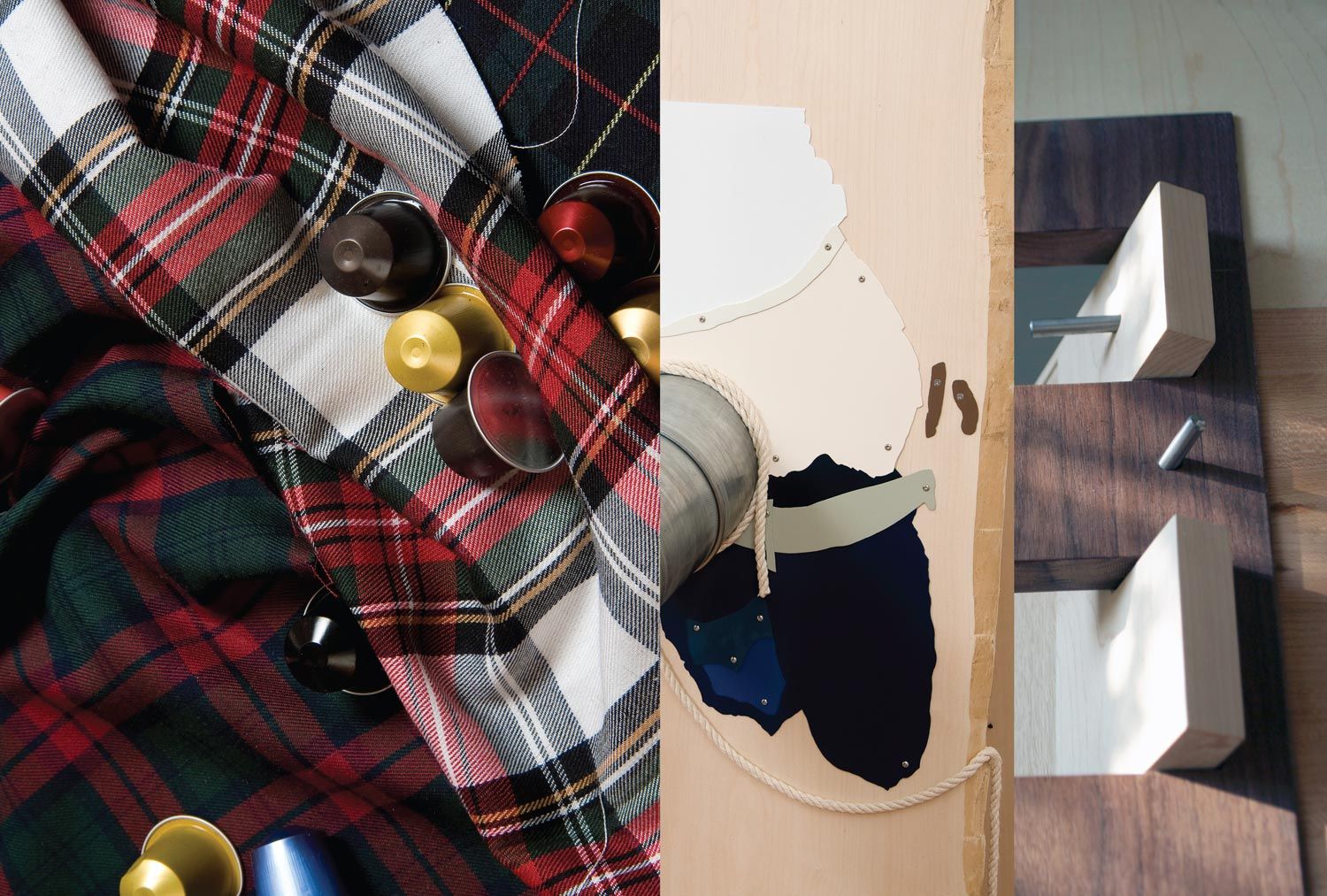
Special Commission for 032c by HELEN MARTEN
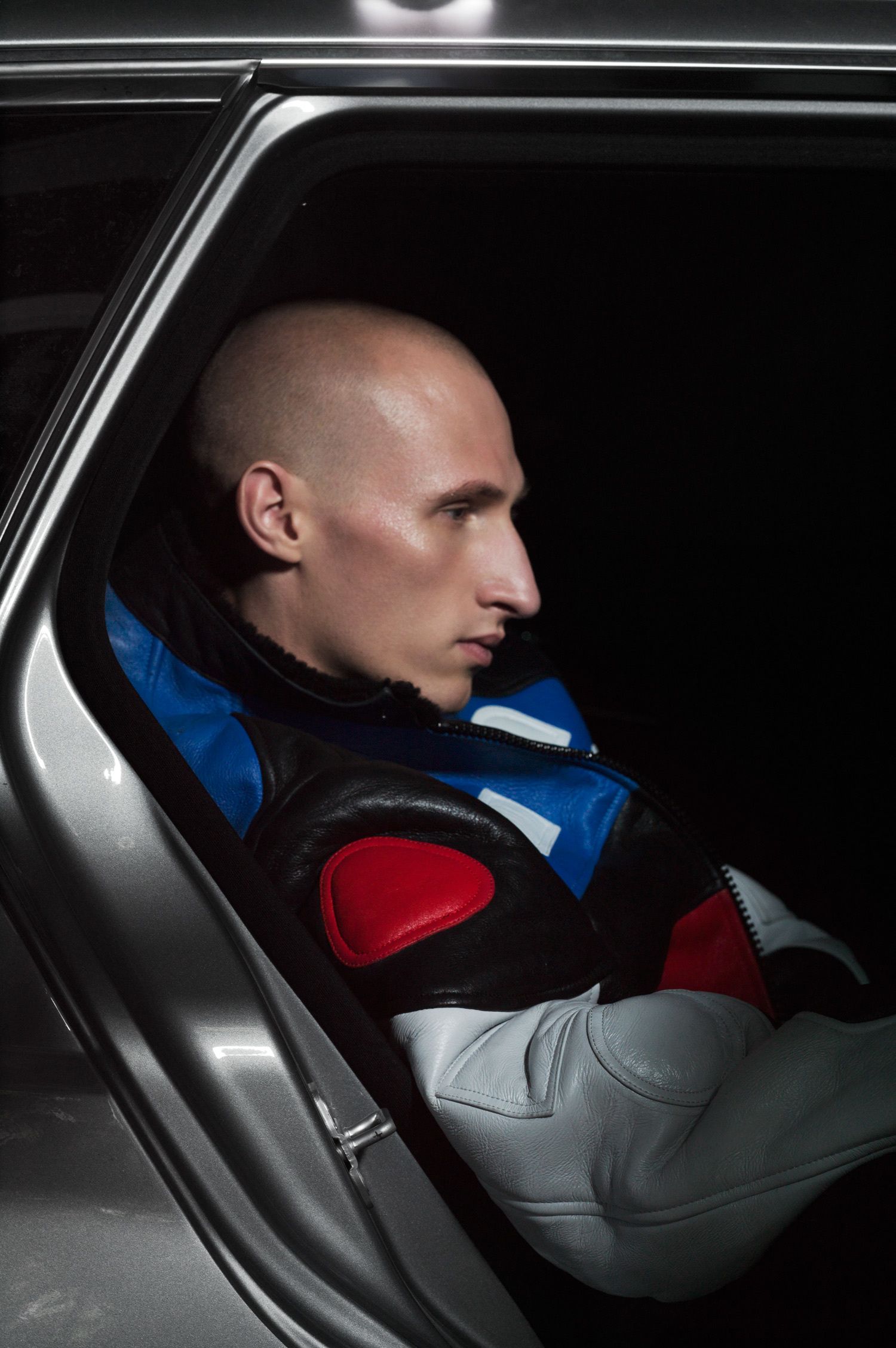
VETEMENTS Special Commission by HENDRIK SCHNEIDER and ERIK RAYNAL
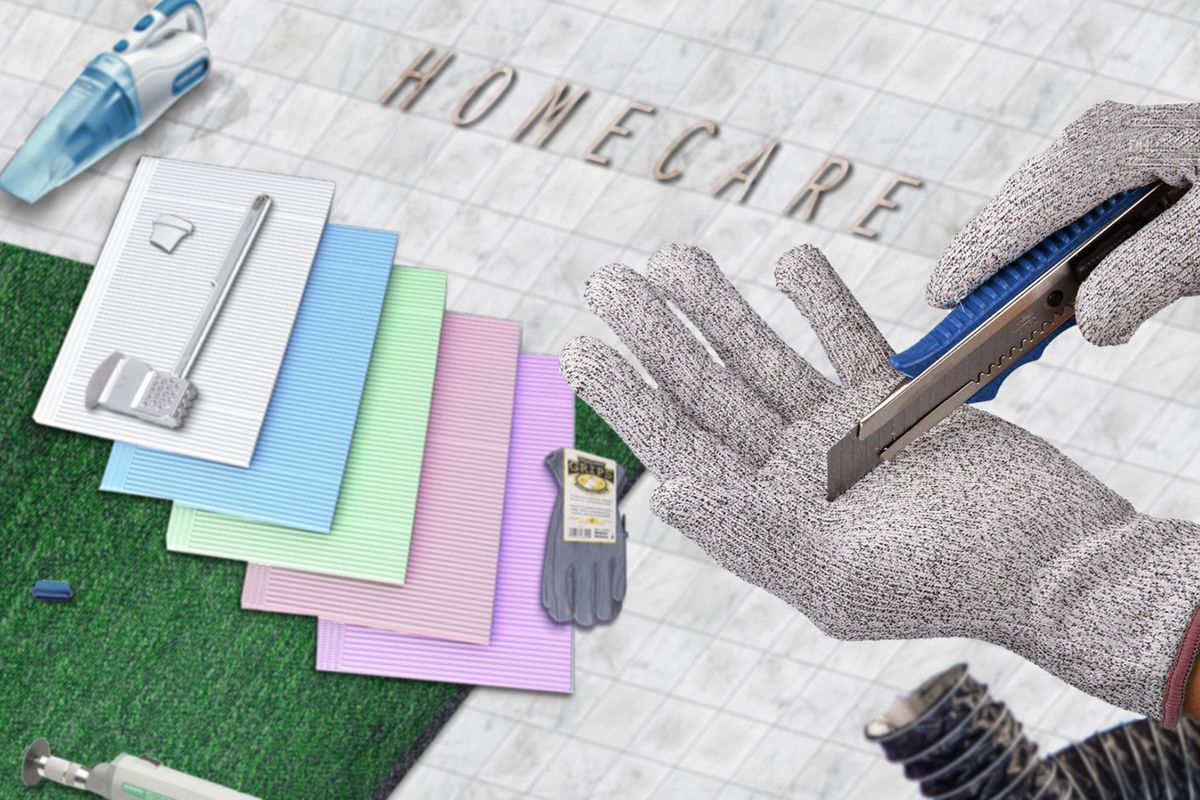
Gloved Hands & Digitized Countertops: A Meditation on Homecare Aesthetics

Microchip Exposure & Bluetooth Vocabularies: A Meditation on Tech Aesthetics

Pleated Pants & Sequenced Environments: A Meditation on Corporate Aesthetics
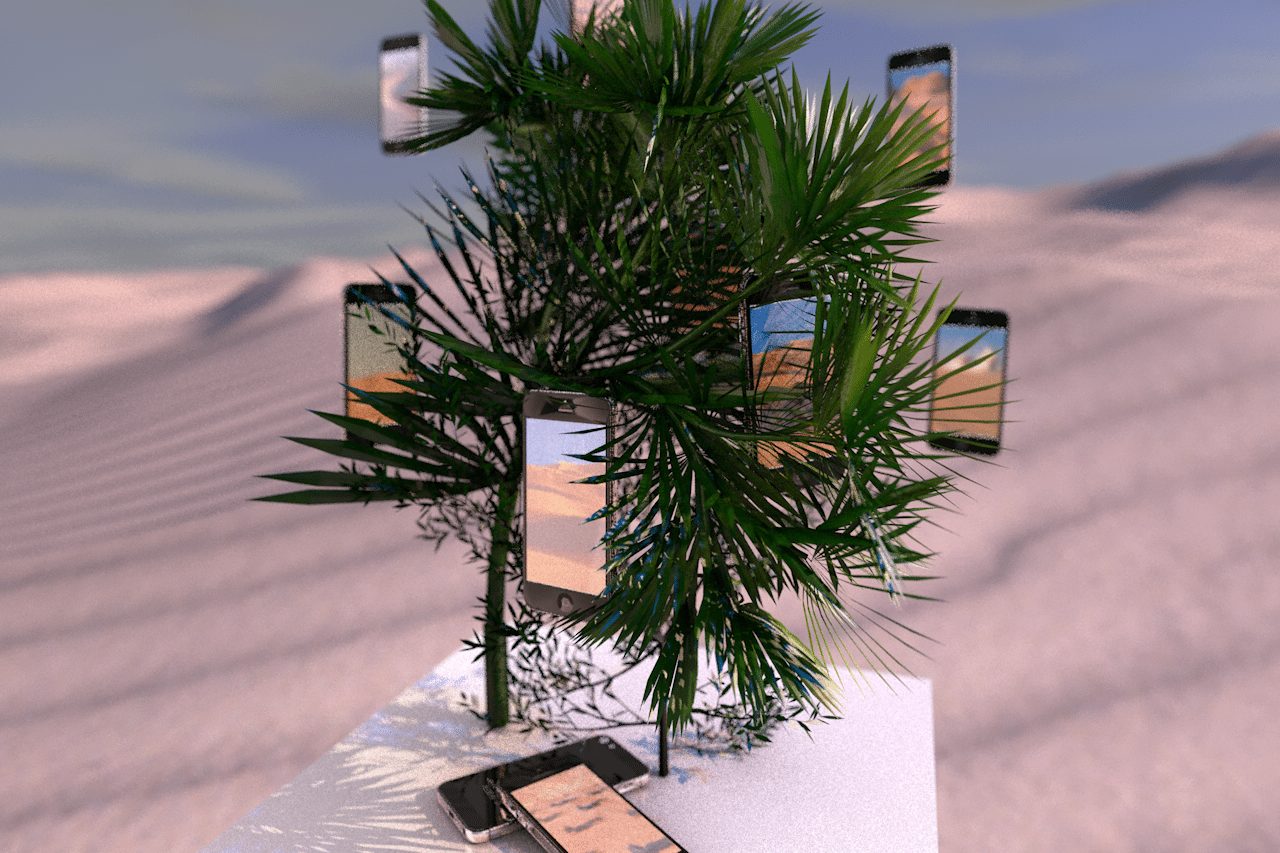
Land Rovers and Concealed Footprints: A Meditation on Desert Aesthetics